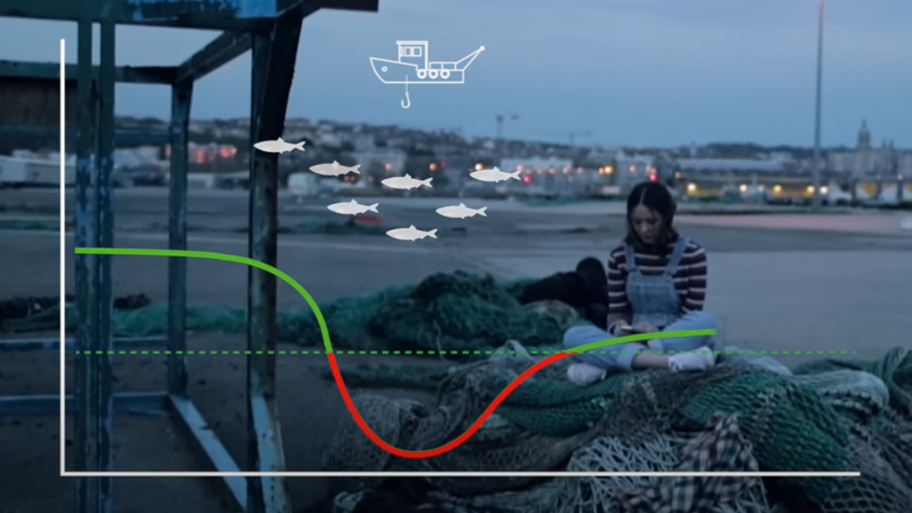Dive into our changing ocean and explore how to end overfishing
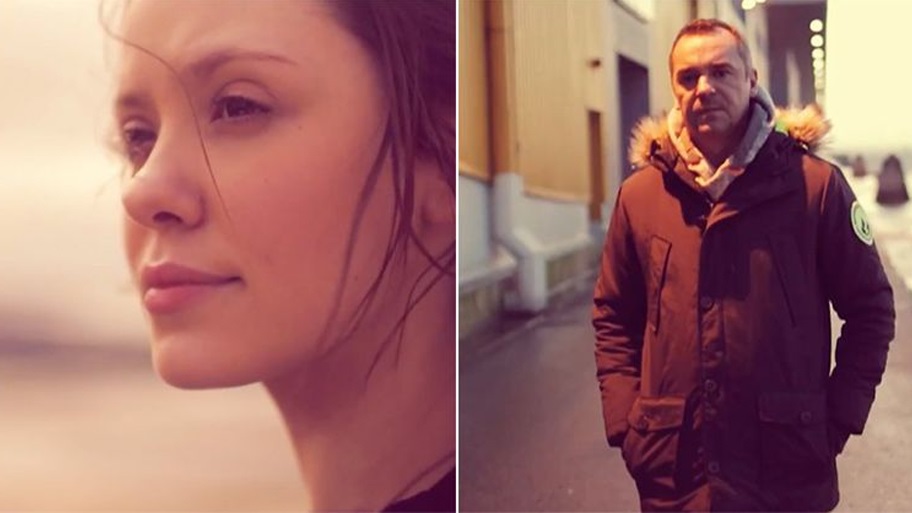
I love the sea. I love how wild and huge it is. I love how it changes from choppy and stormy to calm and still.
This, above, is me and my dad. He spends his life at sea, and loves it even more than me, because he’s a fisherman.
Hopefully you've already watched our film and started to think about how we can make our oceans more sustainable.
Why do we need the ocean?
The ocean covers more than 70% of the surface of the earth and supplies half of the oxygen we need to survive.
Without the ocean, there can be no life. Without the blue, there is no green.
The ocean is vast
The ocean is so big that most of it remains unexplored. Scientists don’t know exactly how many species of plants and animals live in the ocean, but some think that more than 90% of them have yet to be discovered.
There’s one thing that everyone is agreed on, though: the ocean is home to an extraordinary variety of plants and animals. From coral reefs to polar seas, the ocean bursts with life and diversity.
The ocean...
70% +
of the earth's surface is covered by the ocean
20%
of the ocean as been explored
91%
of species in the ocean are yet to be described
The ocean and us...
...And much of this ocean life is essential to sustaining us. We rely on the ocean’s wild bounty so much that fish is the most traded food in the world – above tea, coffee, bananas and sugar.Around the world...
1 billion
people rely on fish for their main source of protein
1 in 10
people depend on fishing for their livelihood
Oceans at risk
Yet despite this importance, our ocean is in trouble: it’s facing lots of different challenges but three of the key ones are overfishing, illegal fishing, and destructive fishing.
These issues have taken a terrible toll on our ocean, threatening fish stocks and the lives and livelihoods of those who depend on them.Exercise 1: Tracking the global fishing fleet
It can be difficult to imagine just how vital fishing is to us. To help you get some idea, take a look at Global Fishing Watch’s interactive online map. It uses cutting-edge technology to track where larger boats catch fish all over the world. The map doesn’t show us everything, because many fishers, especially in developing countries, fish on foot in the shallows, or in boats that are too small to be tracked.
- Go to the Global Fishing Watch map
- Click the play button in the bottom left hand corner of the screen to see who’s fishing where over time (the blue dots). You can change the dates, zoom in and out, and move around the world to learn more.
- Find somewhere around the world that you've visited or would like to go to. How does the fishing pressure around the coasts there look? You can look at the number of blue dots over time to show you. How does it compare to the Arctic? Is it higher? Lower? Why might this be?
Why are fish stocks declining?
Let's look at the four main causes...1 .Losing Nemo
But as global demand for fish has risen, so too has the scale of fishing, and this can lead to declining stocks.
Fishing itself isn’t the problem, as there are fisheries who fish responsibly and sustainably, but without good management, it can be destructive.
When a certain species of fish, usually one people like to eat, is fished too much, the fish are unable to reproduce their numbers back to a healthy level and begin to decline. This is called ‘overfishing’.
Now, almost a third of global fish stocks are overfished.
That’s a lot of fish for us to lose! If nothing is done to prevent this decline, there’s a risk that some species will be gone forever.
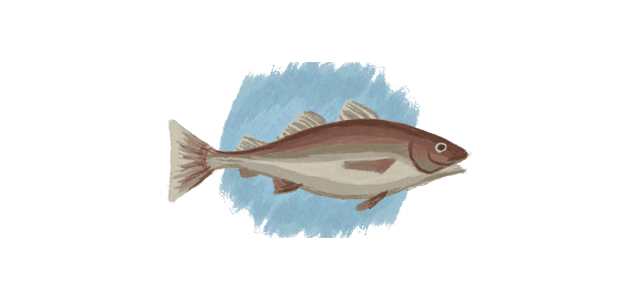
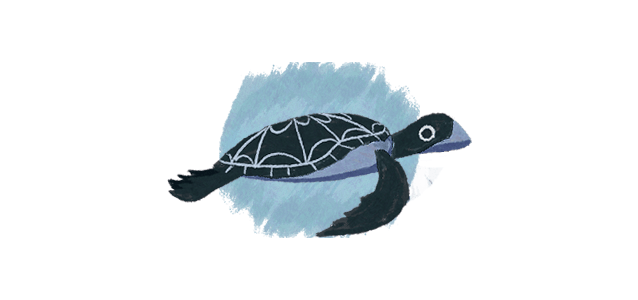
2. Bycatch
Bycatch can also include young or undersized fish that are not really big enough to eat so should be left in the sea to grow.
3. Illegal fishing
Illegal fishing is a further threat. What does this mean?
It usually involves:
- Fishing without the proper licenses
- Telling the authorities you caught fewer fish than you actually did
- Catching species you're not allowed to catch
- Taking fish from areas where you're not allowed to fish
- Catching fish using nets or lines that are not allowed
The way that a fish gets from the sea to your plate is complex and not always well known. This means that you and I might be eating illegal fish without even realising it.
Because illegal fishing operates in the shadows, we don’t know what it’s costing us and the ocean.
But some scientists think that up to £18.5 billion of fish are landed illegally each year.


4. Destructive fishing
Explosive fishing involves setting off explosives underwater. This kills the fish, and they float to the surface where they can easily be scooped into waiting nets. Sadly, fishing in this way can completely destroy the underwater environment. In parts of Southeast Asia, dynamite fishing has contributed to the loss of large areas of coral reef.
Exercise 2: More or less
- Look at the two graphs below. Between 1950 and 2016, what happened to global fish production? Did it increase? Decrease? By what percentage?
- What has happened to the proportion of global stocks that are overfished, fully fished and underfished? Why do you think this might be?
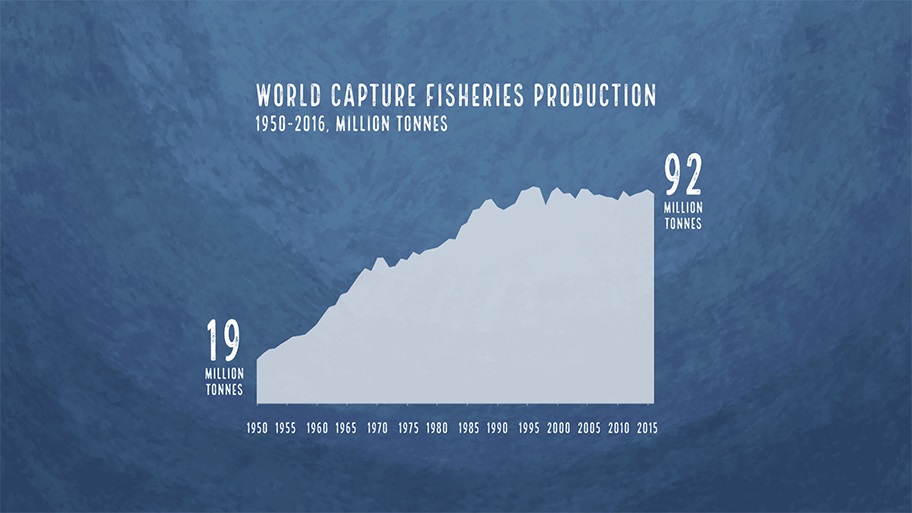
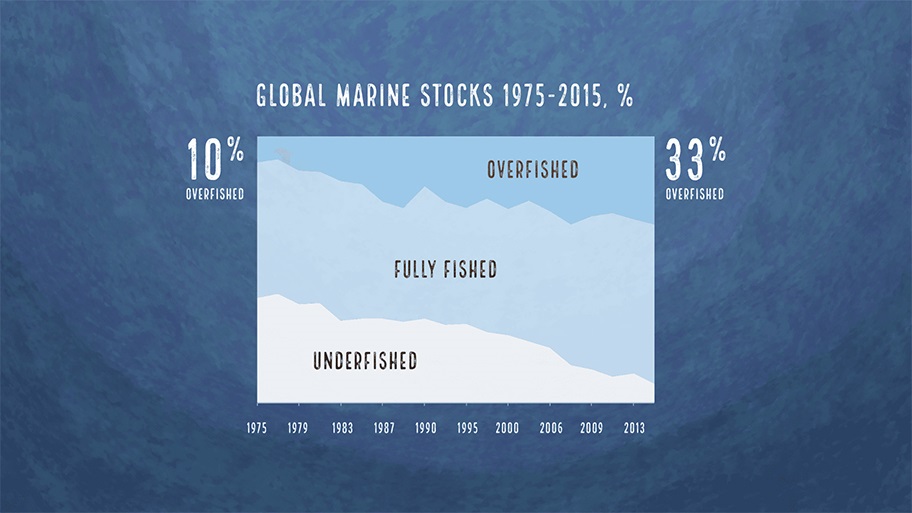
How can we conserve fish stocks?
Fishing for the future
I know my dad makes sure he doesn’t over-fish the species he catches and takes care of the marine environment. My dad says he fishes sustainably. But what does this mean?
Sustainable fishing means leaving enough fish in the ocean, minimising damage to marine life and habitats and ensuring people who depend on fishing can maintain their livelihoods.
To fish sustainably, my dad and other fishers need to know as much as they can about what they catch and the ecosystem it lives in. They find this out by working with scientists to understand how sea life populations change over time, looking at births, deaths and migrations in and out of a given fishery. They use this information to calculate what is known as the "maximum sustainable yield" (MSY) – the number of fish they can catch without overfishing. MSY is complicated! Click on the image below for a quick explanation.
That’s partly why his bridge deck looks like a spaceship! All those monitors and panels and gadgets help him to catch the right fish, and the right amount of them. It's also why he has special nets that allow excess fish to escape via large mesh panels.
Exercise 3: How my dad fishes for the future
If you have a virtual reality viewer, put it on now and take an expedition around my dad’s boat. You’ll get to explore those special nets and that spaceship control room, see below decks, and watch the herring being offloaded when the boat returns to port!
Don’t worry if you don’t have a virtual reality viewer. You can still look around the boat using a smartphone, tablet or computer to view and scroll.
Exercise 4: Where my dad fishes
Now you've seen how my dad fishes, it's time to discover where he goes to catch his fish. To find this out, we'll be using Global Fishing Watch's interactive online map again.
- Just as you did in Exercise 1, head over to the map
- The fishing fleet my dad's boat is part of, has several boats. Try searching for 'Mere du Christ II', 'Salut des Pecheurs', and 'Jean Paul 2'. Do all the boats fish in the same place?
- Usually each boat fishes in the same area, but sometimes they go on a longer trip. How do we know this from the map? Describe the journey in 1-2 sentences. Up the coast of which country do they travel? Why do you think that the boat might have gone there?
Safeguarding our seas
My dad's fishery has caught herring in the same way for generations. Because herring don’t swim near the bottom of the ocean, the nets used to catch them can’t easily damage the ecosystem. And because they swim together in dense schools, there’s very little bycatch.But every fish and fishery are different and many need different interventions to be sustainable. Let's look at a few.
1. Marine protected areas (MPAs)
In an MPA, you restrict or stop fishing in an area. After a few years, there are more fish inside this area and they begin to swim across the boundaries into fishing nets outside.
There are more than 14,000 MPAs around the world and scientists know that they can benefit both people and nature through improved fish stocks and larger fish.
But many MPAs don’t protect anything. These areas, which don’t have the funding or management they need to thrive, are known as paper parks.
Despite these issues, MPAs can be an effective way of helping to conserve fish stocks for the future.
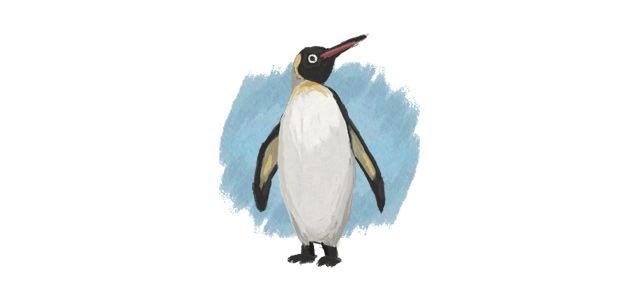
Exercise 4: MPAs around the world
You can find out more about MPAs at Protected Planet.
- Go to the Protected Plant MPA page and explore the maps and graphs there.
- How many MPAs are there in the world?
- Scroll down to look at the global map of MPAs. Where are some of the biggest ones?
- Why might it be harder to make an MPA in some parts of the world compared to others?
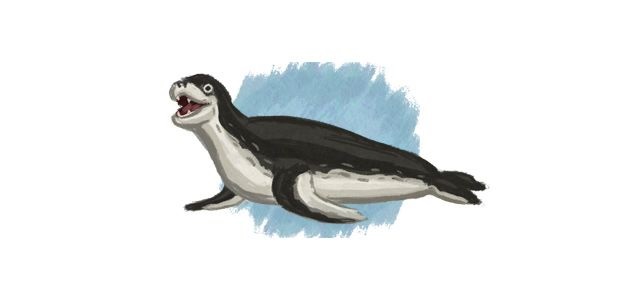
2. Beating bycatch
3. Turning the tide against the illegal fishers
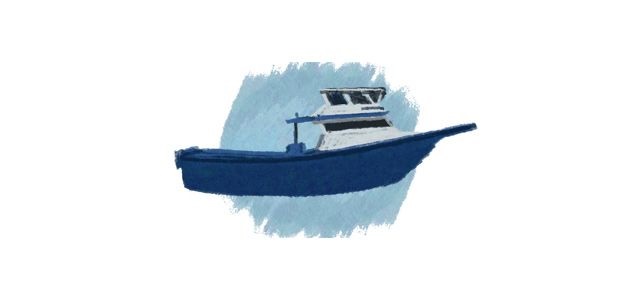

4. Catch shares
Catch shares use maximum sustainable yield to work out the right number of fish to catch – the quota. But rather than let every fishing boat catch as much as it wants until the quota is reached, they give each boat a portion of the total catch. This means fishers can harvest their share when they like, or can lease it to others if they are unable to fish.
5. Farming our seafood
Farming fish responsibly can help to safeguard livelihoods and ensure that people have safe and nutritious food to eat, especially in developing countries. But when it’s not done well, there’s a chance it can harm the environment and wildlife.
Another key problem is that many farmed fish eat other, smaller fish. So aquaculture doesn’t always create new fish, but just converts low value small fish into high value big fish. Scientists want to replace these small fish with alternative food like insects or seaweed, but this is not yet a widespread solution.
Find out more about aquaculture

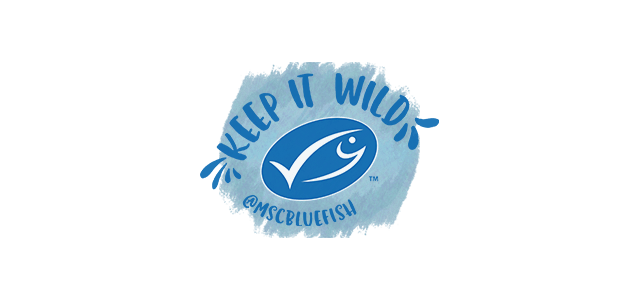
6. The blue tick
That makes us part of this challenge too. So how do we know which products in the shops are sustainable and which are not?
“Along with hundreds of others around the world, my dad’s fishery is certified 'sustainable' by the Marine Stewardship Council.”
The MSC is an independent organisation with a standard for sustainable fishing. This standard is used to check whether the fishery is catching fish at a healthy level, that marine life and their habitats aren’t being damaged, and that fish stocks are healthy.
Once all these checks are done, fish and seafood products get a little blue label on so everyone knows.
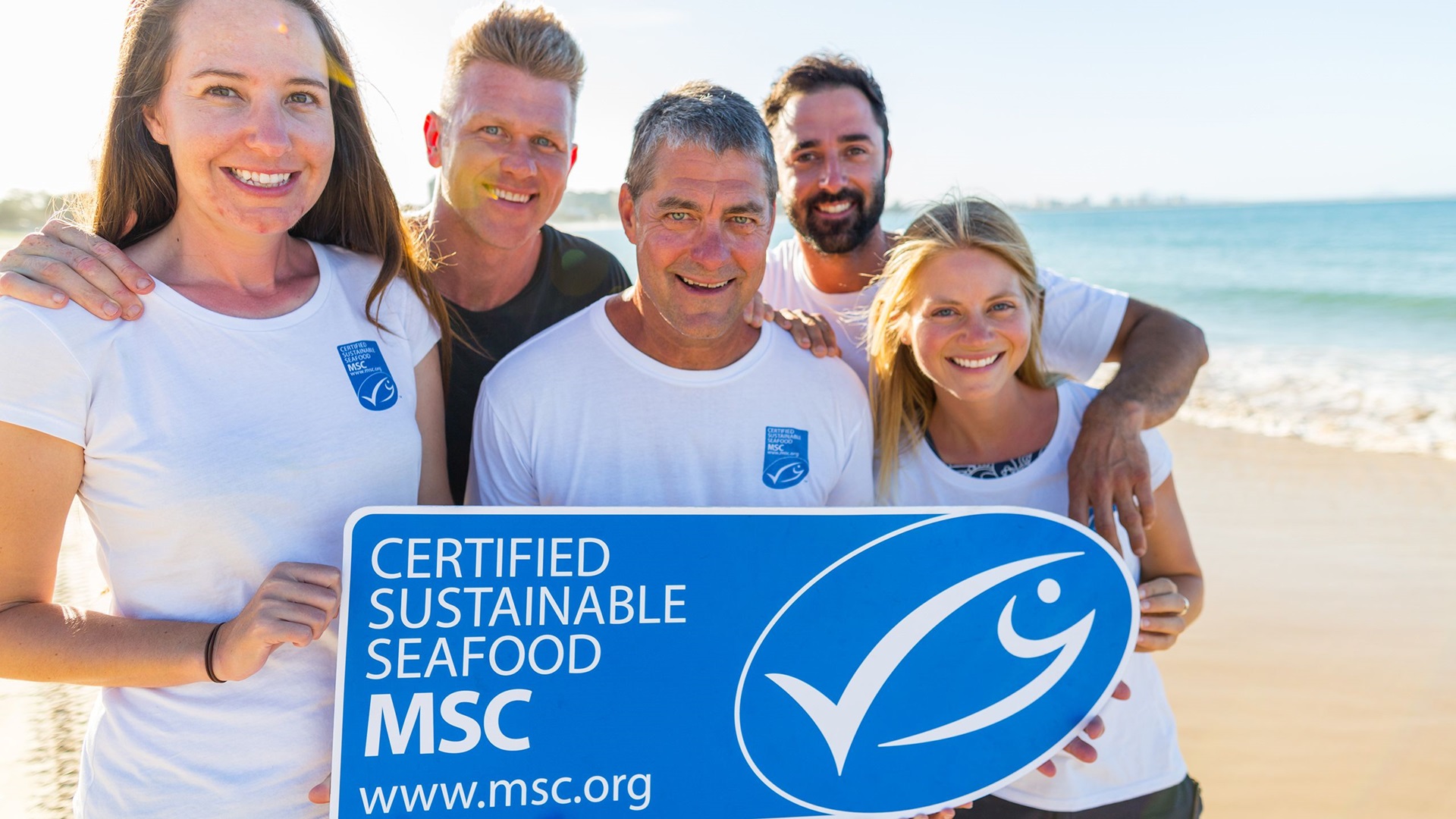
Exercise 6: Making our ocean sustainable
In a small group or on your own, pick one of the solutions to overfishing you’ve found out about in this section and create an infographic to explain it to the rest of your class.
The links at the bottom of each solution are a great starting point for your research, but you should also try to find out more from other places. You might also want to look at these videos and sites.


